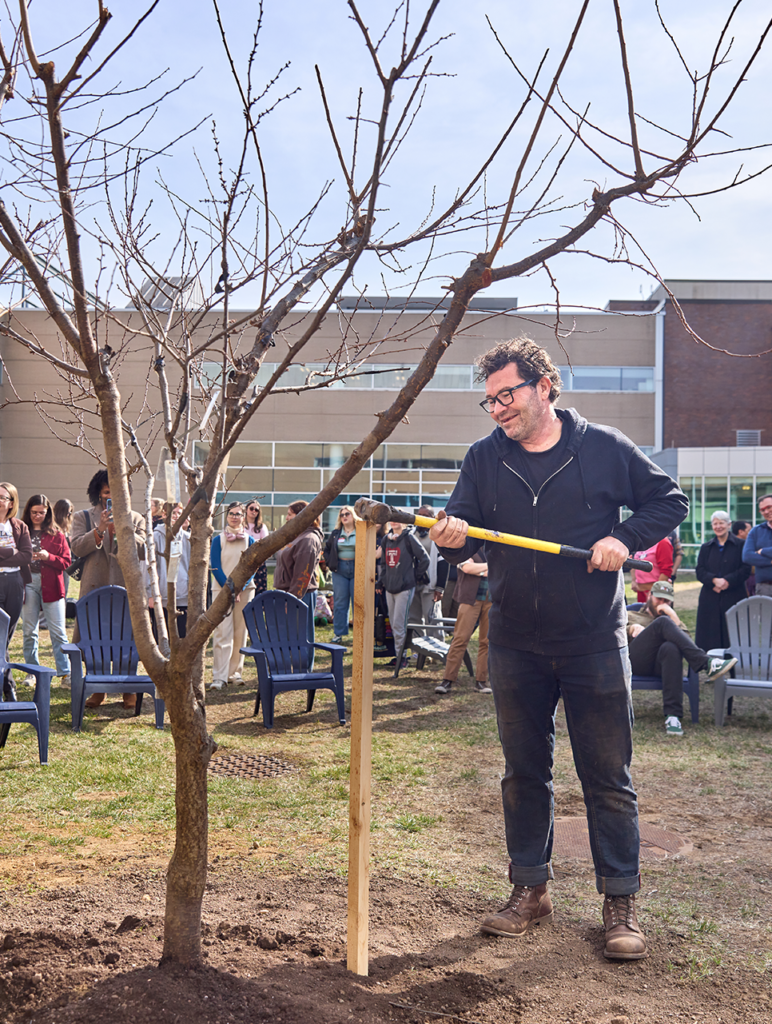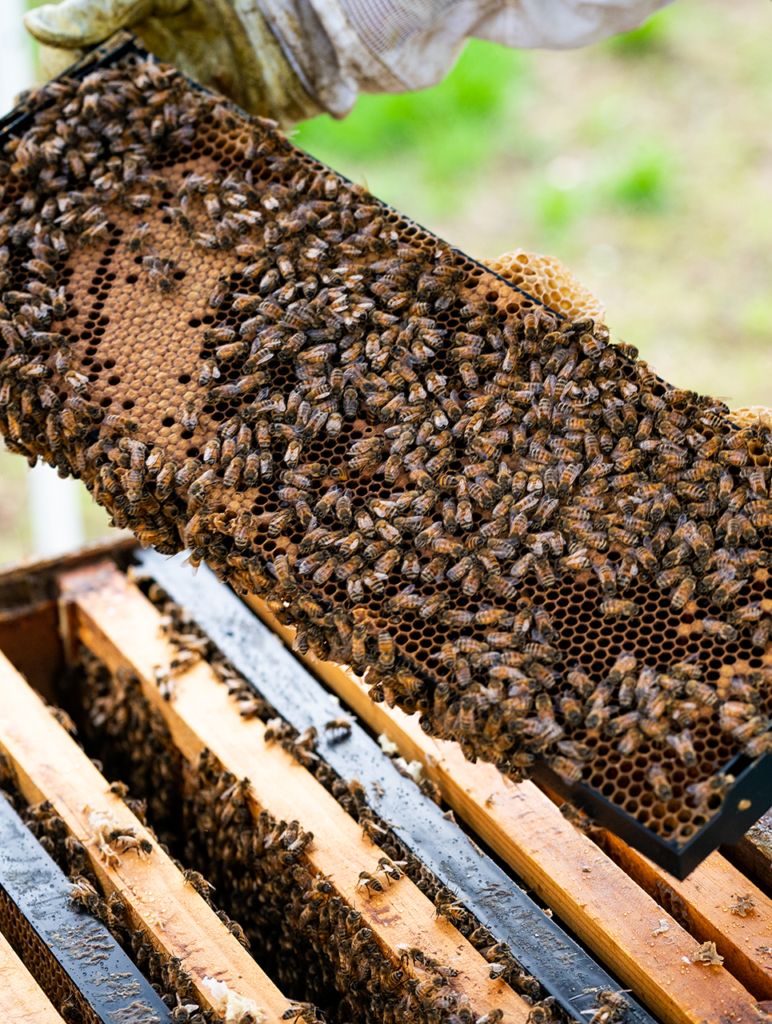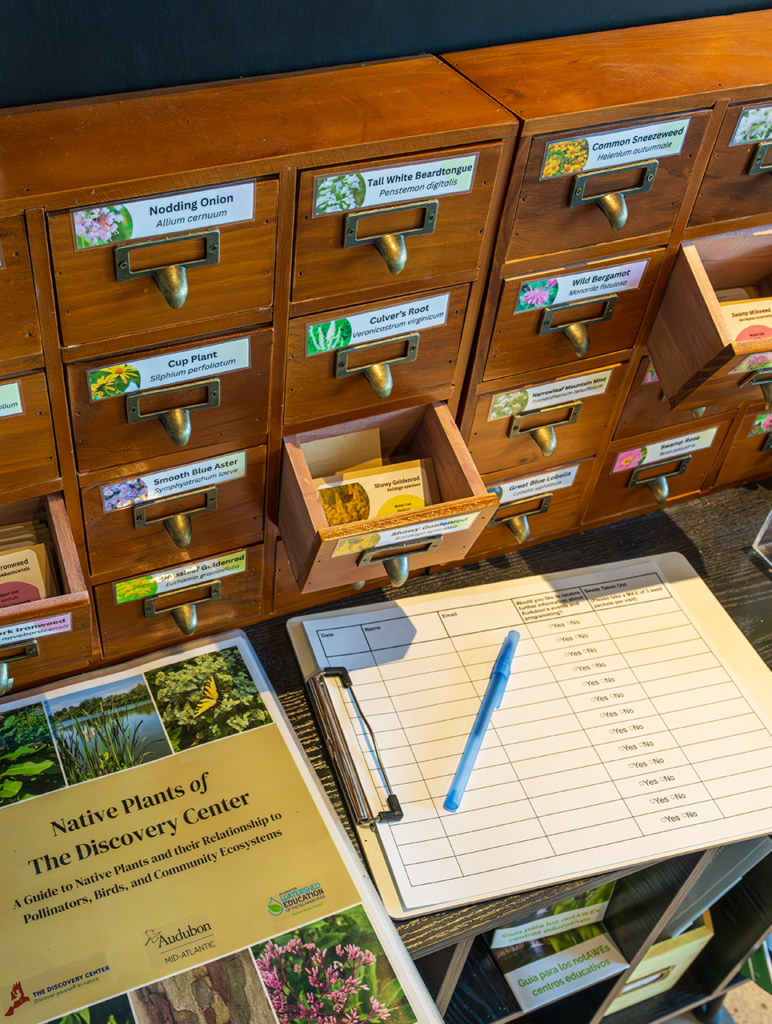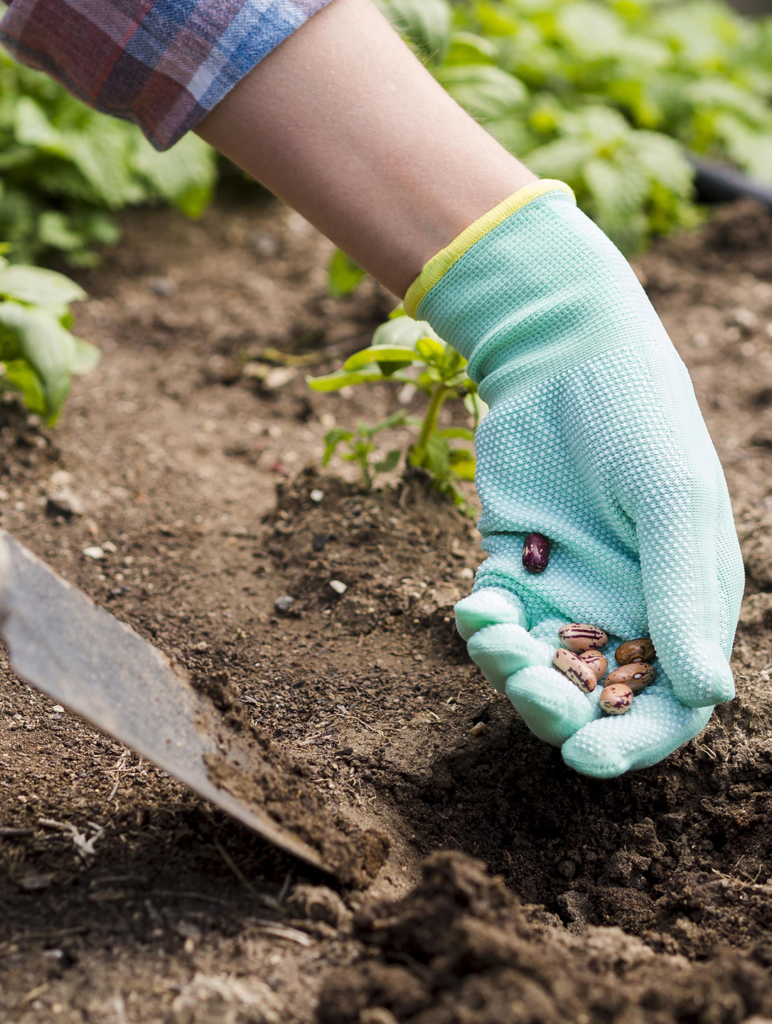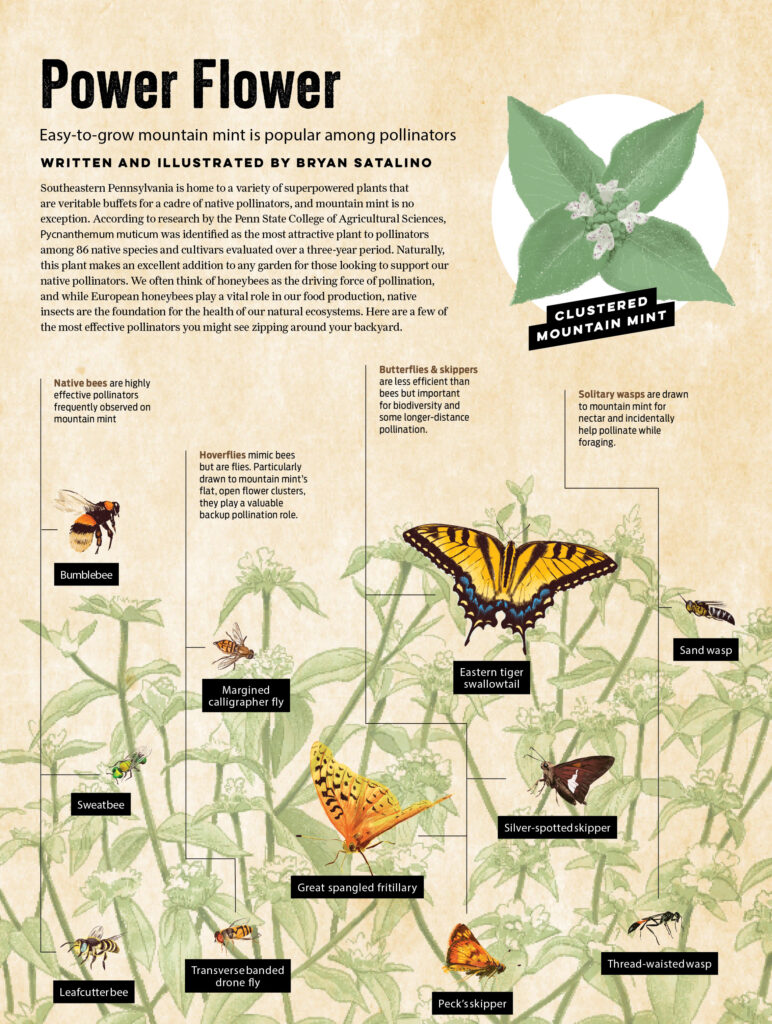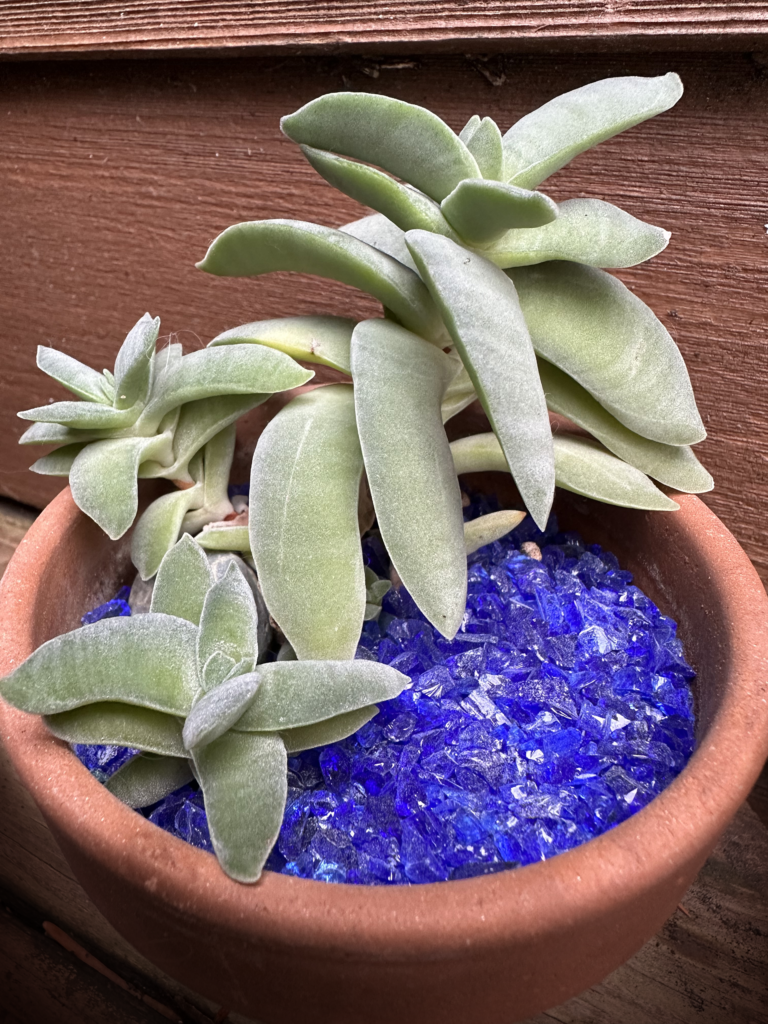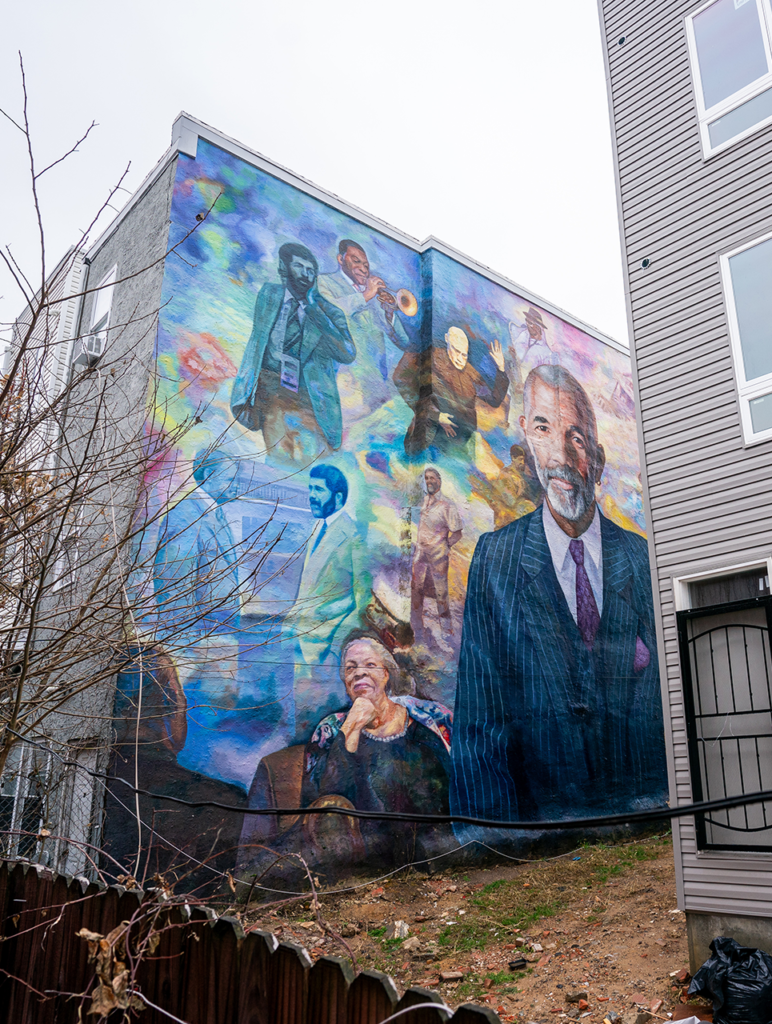On March 14, a seven-year-old tree, which had arrived grafted with 15 varieties of stone fruits, was planted alongside a natural dye garden before a crowd of about 50 community members at Temple University’s Tyler School of Art and Architecture. Sam Van Aken grafted 15 additional varieties onto the tree the next day and will
MoreOn a windy March afternoon, Mark Berman poured a pile of sugar onto a piece of newspaper to feed one of his 13 bee colonies. Berman was providing the sugar supplement because the night temperatures were still dipping into the 30s, but there were signs that spring — and honey production — had begun. One
MoreWhen Navy veteran Salome Jeronimo moved to Philly in 2020, the pandemic was raging. During their first two years here, they didn’t get to explore much of what the city had to offer. That changed in the summer of 2022, when Jeronimo signed up for a 10-week plant-care course at the Veterans Affairs (VA) hospital
MoreOn the first warm Saturday of the year, Taylor Bakeman organized a seed packing event to restock The Discovery Center’s new native seed library. Just a few weeks after opening, its seed supply was already running low. A dozen volunteers spent the day counting and sifting tiny seeds of New York ironweed, anise hyssop and
MoreThe outdoors is surging with the warmth and light of spring. Birds are singing. Flowers are blooming. Shoots are sprouting. Your neighbors are digging in the soil. No matter the color of your thumb, you may feel the urge to get your hands dirty and plant something. Indeed, now is the time to get those
MoreHave you ever watered a neglected plant only to find the water bouncing off the surface of the soil? If so, your potting soil likely has peat in it, which has been a go-to ingredient in potting soil since it’s been sold. Not only does peat require regular watering to keep its surface permeable, it
MoreIn the summer of 2023, farmers and gardeners in Philadelphia had good reason to be optimistic. The City had just published its first urban agriculture plan, called “Growing from the Root,” which offered a 10-year road map for building a thriving local food system and securing land for farmers and gardeners. And in June of
MoreIn 2024, to celebrate her 75th birthday, Aminata Calhoun took a trip to Spain for some much-needed rest and relaxation. After a few weeks of soaking in the picturesque Spanish scenery, she returned home to a landscape starkly different from the one she had left. Surrounding the lot at Belmont and Wyalusing avenues that she
MoreEvery Monday around 9 a.m., Kimberton Waldorf School’s Food for Thought lunch program stocks up on Seven Stars Farm maple and vanilla yogurt. Located just across the street, the biodynamic farm is among the many local food producers and growers the school uses to source ingredients for their daily lunch menu. The agricultural hub of
More
